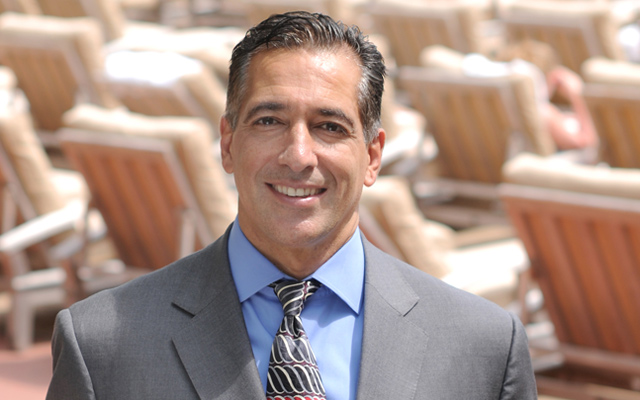In the field of engineering, one of the methodologies often used is biomimicry, or the practice of looking to nature for inspiration. After all, many of the processes and structures in the environment have withstood the test of time, prevailing over thousands, if not hundreds of thousands, of years.
This approach has been the basis for many modern innovations, from common household materials to towering buildings. Velcro, for instance, was inspired by the burrs that a Swiss engineer removed from his dog; Olympic swimmers wear swimsuits that imitate sharkskin; in Zimbabwe, a certain office building has an HVAC system modified after the cooling chimneys and tunnels of termite dens, with the goal of being more energy efficient.
But nature’s lessons extend far beyond the physical. In fact, I believe its most important guidance falls in the social and emotional realms. Unlike tangible objects, these are not always easy to see — we have to be willing to slow down and take notice.
Consider an unobstructed river. At its headwaters, a tiny stream flows downhill, gradually building momentum as it gathers water from rain, snow, ice, and other streams and rivers. As it moves over rocks and land, the growing river collects sediment and plant materials that either get carried along with the current or settle to the bottom.
As it winds along its path, the river provides nourishment to its inhabitants and everything on its bed and banks. It gives and receives with the current, holding on to only what’s necessary and taking only what’s free to go to the next place. It moves fluidly until it reaches the mouth, where it ultimately gives itself over to a larger body of water.
Beginning to end, the river’s process of giving and receiving is peaceful, beautiful, and healthy. It is abundant with what it needs. Nothing more, nothing less.
But rarely is a river or its tributaries unobstructed. Streams dry up when rain is scarce or water is diverted, lowering water levels and creating problems downriver. Dams limit the natural flow, and when they’re damaged, the sudden flood of water can result in life-changing destruction. Pollution — from trash and runoff — compromises the water’s health. You get the idea.
I see similarities between an obstructed river and the ways many people live their lives, and I believe there are clear opportunities for embracing the lessons of a free-flowing river. It has a lot to teach us about generosity and acceptance, and about giving and receiving more openly.
In its natural state, a river doesn’t restrict what can enter or leave, or where it can or can’t go. It adapts to the surroundings and seasons, finding the right flow for the given circumstance. In some places, it’s quick; in others, it’s slow. Sometimes it stops altogether. When the flow resumes, it may find new places to branch off and go in different directions. It doesn’t resist change.
What if we, like the river, embraced our natural flow? What if, instead of setting boundaries around our abilities and resources, we adopted mindsets that would allow us to find that just-right rhythm so we could reach our full potential and give our best gifts?
What if we stopped underestimating our abilities and discounting what we deserve, and instead focused on what we can do and what is possible with the available resources? What if we stopped pushing where there’s no give and looked for spaces that are ready for new growth and change? What if we stopped letting others’ judgments prevent us from pursuing our goals and passions?
Imagine how freeing this way of living could be — how balancing the give with the get could open us up to better opportunities and stronger relationships. Imagine the sense of abundance, peace, and well-being that natural state could offer.
That’s the form of biomimicry I’m trying to integrate more of in my own life. Nature is awe-inspiring, and it has plenty of guidance worth following.


This Post Has 0 Comments